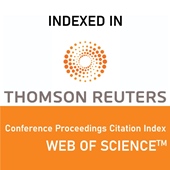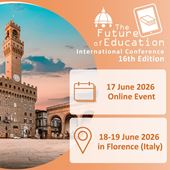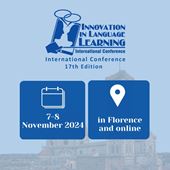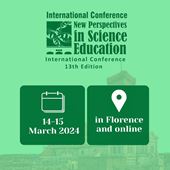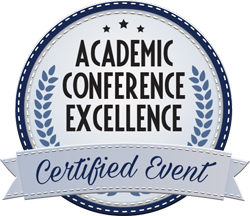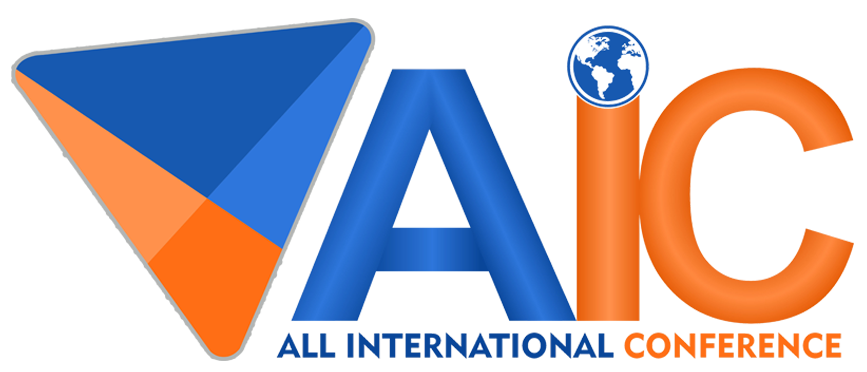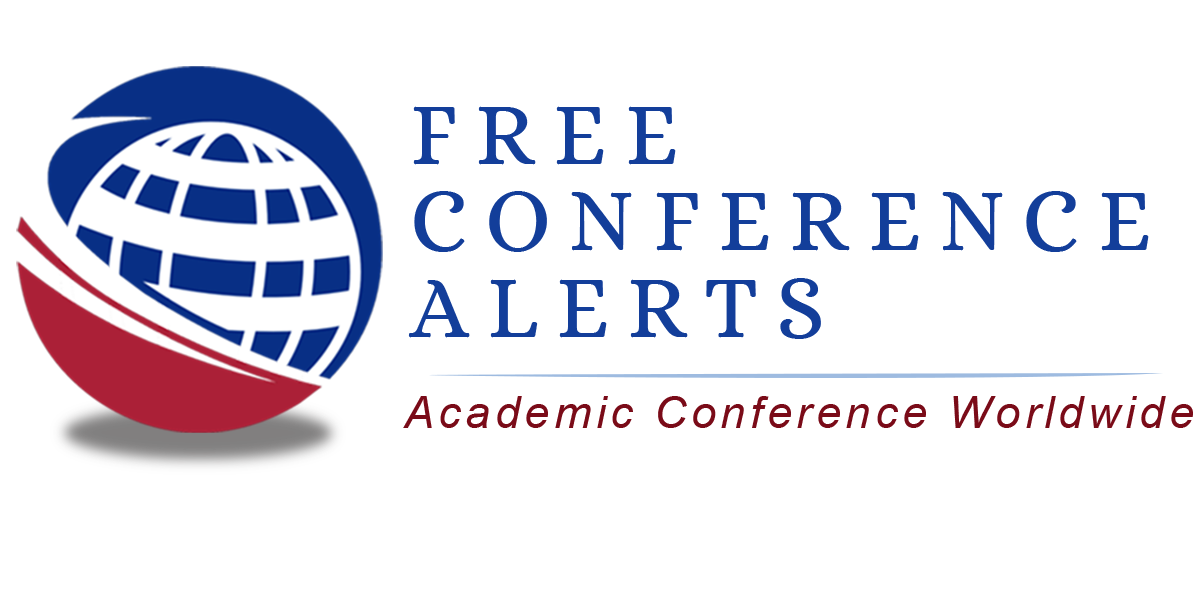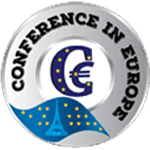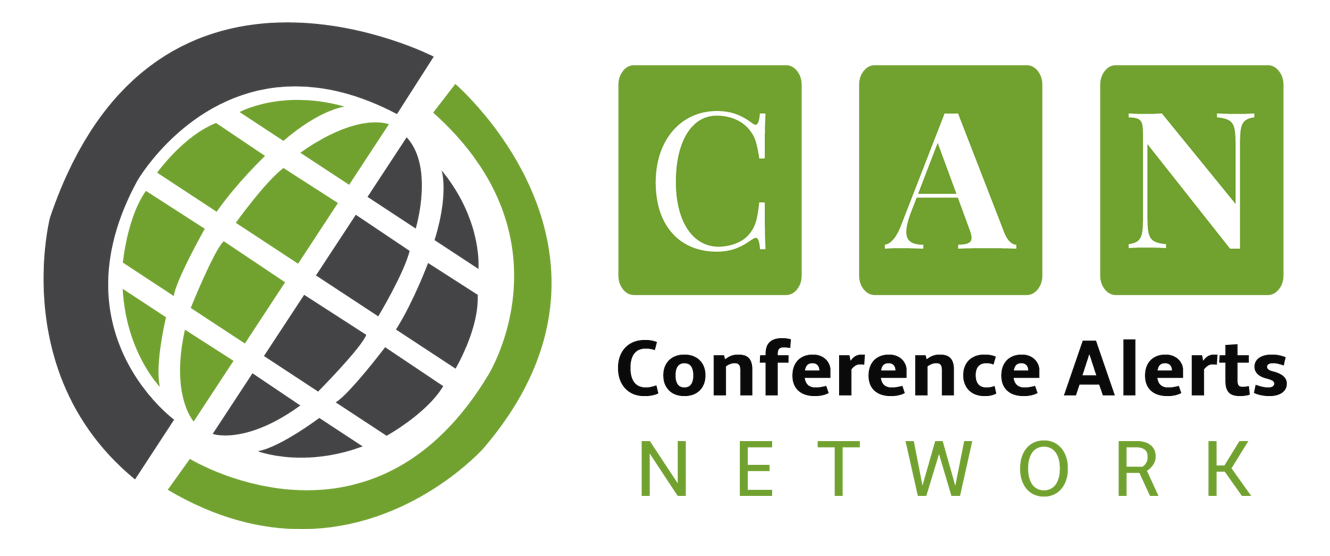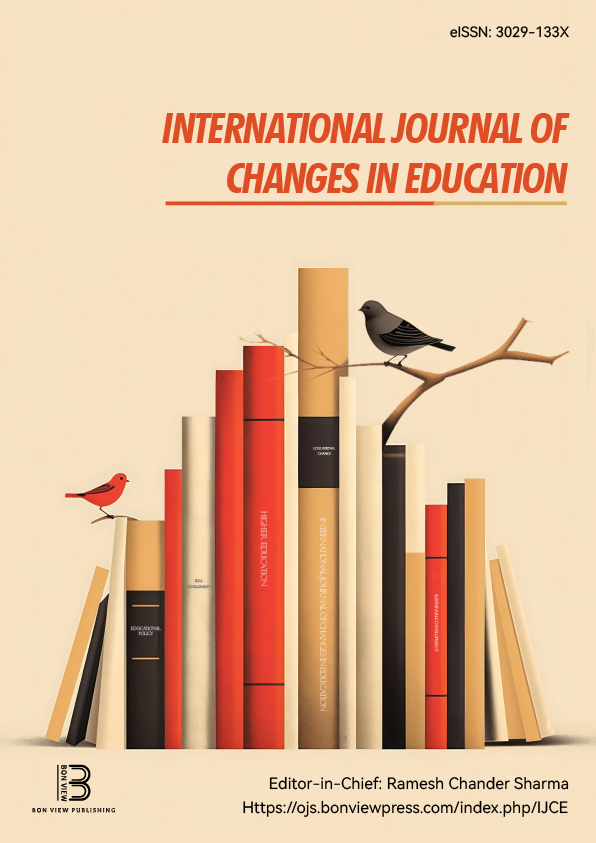Critical Thinking as a Key 21st-Century Skill
Panagiotis Kitmeridis, Frankfurt University of Applied Sciences (Frankfurt UAS) (Germany)
Abstract
How critical must critical thinking be and what is critical thinking anyway? [1] The critical assessment of sources, information and statements is considered a very important scientific skill. Applied to our society, this means critically examining all information and checking its truthfulness. At the same time, however, there is an expectation to trust certain sources of information indiscriminately. In our society with its high density of information, it is extremely difficult for the majority of people to recognize the difference between critical thinking and denial of science. The question to be explored is how we can teach our students - and thus a part of our society - the difference between “good critical thinking” and “poor critical thinking” [1]. The aim is to enable students to correctly classify critical thinking as a core skill of the 21st century.
This abstract is a starting point for my research project in order to capture the tipping point and explore the question of how critical thinking can be taught as a key skill of the 21st century while simultaneously debunking science denial. The study is still in the planning stage, so there is no finalized research concept yet.
At our institute, the School of Personal Development and Education (ScoPE) of the Frankfurt University of Applied Sciences (Frankfurt UAS), the topic of critical thinking is one of our focal points. Driven by the problem, we want to develop teaching concepts to design critical thinking skills in a sustainable way and teach them to students.
|
Keywords |
Critical thinking ; Future Skills ; 21st-century Skills |
|
REFERENCES |
[1] Ennis, R. H. (1964). A Definition of Critical Thinking. The Reading Teacher, 17(8), 599–612. http://www.jstor.org/stable/20197828 [2] Hayhoe, Katharine, and Jen Schwartz. “The Roots of Science Denial.” Scientific American, vol. 317, no. 4, 2017, pp. 66–68. JSTOR, https://www.jstor.org/stable/27109334. Accessed 21 May 2025. |
 The Future of Education
The Future of Education
